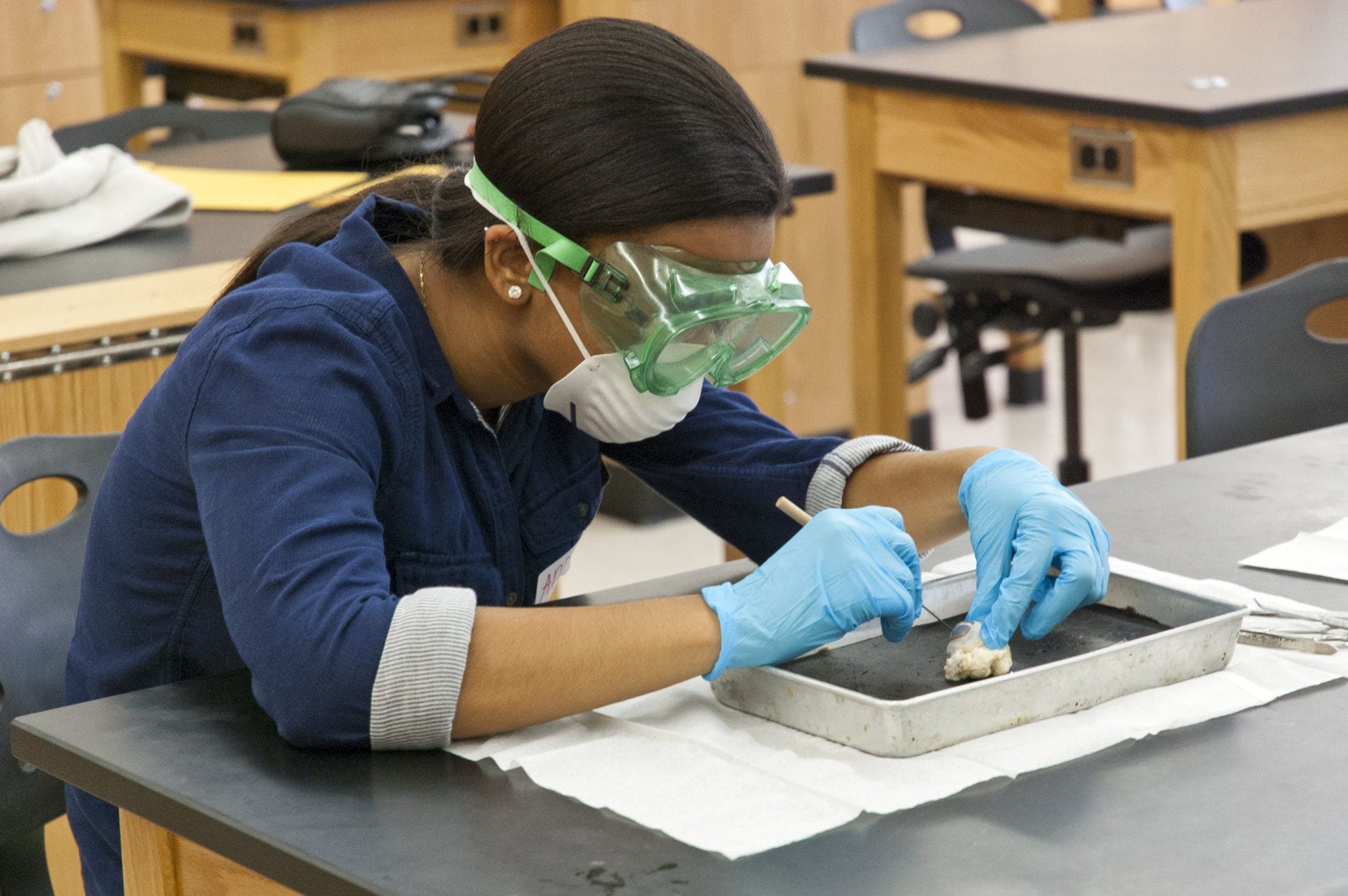A few years back I asked my then soon-to-be 10-year-old daughter what she wanted to be when she grew up. Typical 10-year-old boys or girls may answer with the typical top choices, such as: dancer, musician, athlete, firefighter, police officer, doctor, veterinarian, etc. However, my daughter’s answer shocked me with its specificity, she told me she wanted to be a scientist that studies and finds cures for diseases. Apparently, she was deeply affected by a documentary they presented in school about the spread of disease and how certain parts of the world suffer incredibly from ailments such as malaria, Zika and Ebola. My amazing little girl wants to end the suffering of millions and in my cynical adult mind I am thinking, how in the world are we going to get her the education that she needs for this? Regardless, I started exploring what she needs to do to become a clinical research scientist. There is so much information and so many possibilities that it is overwhelming. One thing is clear, this will require an M.D. degree at a minimum and a PHd or post-master’s degree to have a decent chance at landing a research scientist position at a serious institution. We have a lot of work to do and heavy expenses coming.
My anxiety about my daughter’s possible career choice increased when attending a presentation about college preparation in her school. To clarify, my daughter is only in 6th grade, and when I thought I had time to prepare and be more serious about this, the career coaches basically said we need to start getting serious about it now. Their presentation was so well done and compelling, that by the end of it I was excited about the possibilities and my inner tiger mom kicked into high gear. Knowing what she needs to do to become a research scientist, getting into a great university is a top priority. My daughter will need not only good grades, but a lot of support and involvement on our part. After all, I may be responsible for educating the future scientist that will find a cure for one of today’s incurable and deadly diseases.
While thinking about my daughter’s future possibilities and all that we need to do to better position her for success, I thought about all the children, who like my daughter, want to eradicate disease from the world. Do they have parents with the resources and means to give them the education they need? Do they go to schools that offer career coaching early and often? Do they have access to clubs or programs that will allow them to think and prepare them for their future? A good portion of those kids probably will never go to college or even graduate high school. Many others will attend college, but not for the program they dreamed about, but for a program they can afford. Unfortunately, education and opportunity is not accessible to everyone. We are killing the hopes of children who could have been the ones to discover the cure for currently incurable diseases.
It may seem impossible to dream about the eradication of disease, but according to an article from Popular Science from last year, we are closer than ever to curing all diseases. It is not a question of if, but when and how much money is needed to fund the research required. Mark Zuckerberg and his wife Priscilla Chan are donating $3 billion over 10 years to fund research aimed at curing all disease. While this may seem like a large sum, it is relatively small in the grand scheme of research necessary to combat and cure disease. However, just as more funding is needed for research, more funding is needed for educating future researchers as well. As parents we can do everything we can to ensure our children have a chance at a great education, but we also need to ensure our education system works and helps our children be successful. It is not difficult to see that our system’s reliance on property taxes for funding is failing our children. When schools have a limited amount of funding to keep running, important programs, resources and equipment are always on the chopping block, because they must choose between paying for electricity and teacher salaries or funding for these things. This is the sad reality for many school districts, particularly in impoverished areas. We know we have a lot of work to do and while the federal government is slow to self-correct, a push from private and non-profit organizations can help lead the way and give our children the opportunities and the education they deserve. Hopefully, one day we will read in the newspaper that one of these children went on to become the scientist that discovered the cure for cancer. I sure hope my daughter will be one of them.
______________________________________________
Sources
Baral, S. (2016, September 30). We are Closer to Curing All Diseases Than We Think. Retrieved from Popular Science: https://www.popsci.com/we-are-closer-to-curing-all-diseases-than-we-think
NPR. (2016, April 18). Why America’s Schools Have a Money Problem. Retrieved from NPR.Org: https://www.npr.org/2016/04/18/474256366/why-americas-schools-have-a-money-problem





